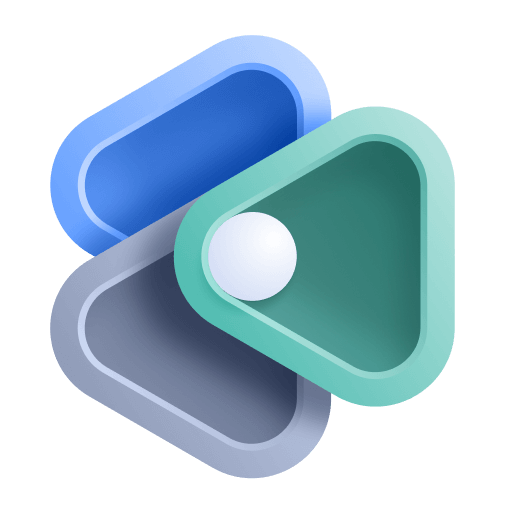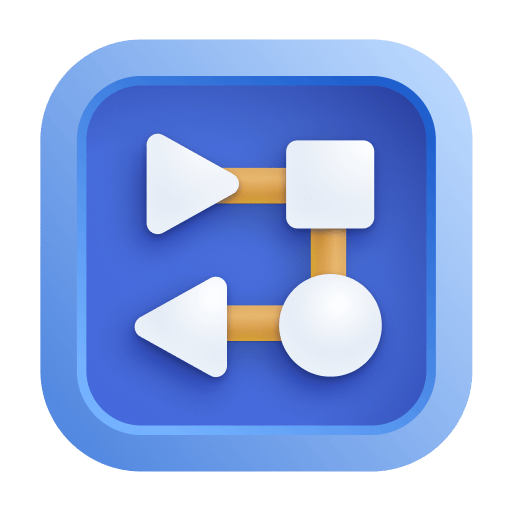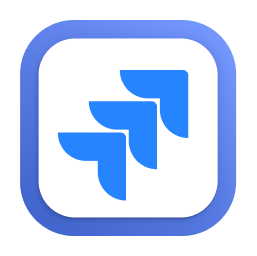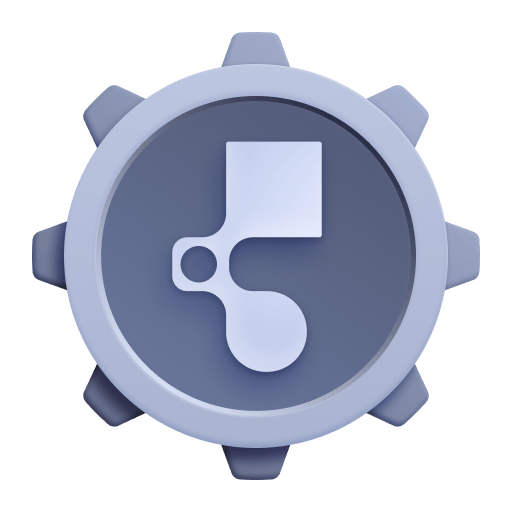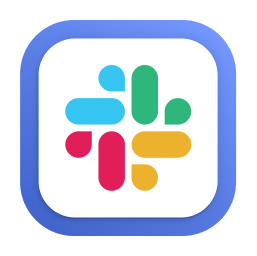20 Results
Found in 'All'
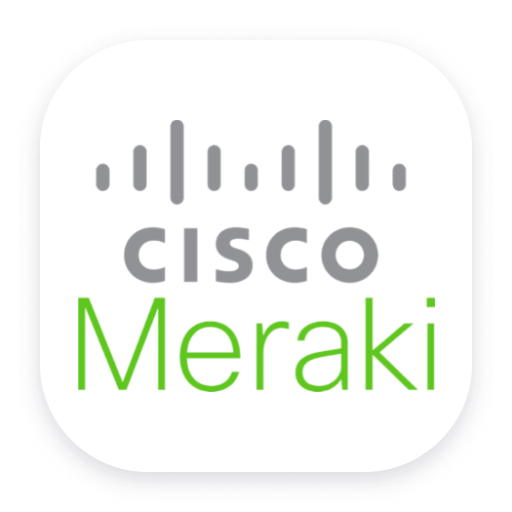
Meraki
Monitor your network devices and topology information through the Meraki API
Extension- network
- cisco
- meraki
SNMP Autodiscovery
Scan through your subnets and build an inventory of SNMP-enabled network devices
Extension- network
- device
- discover
- net
- scanner
- snmp
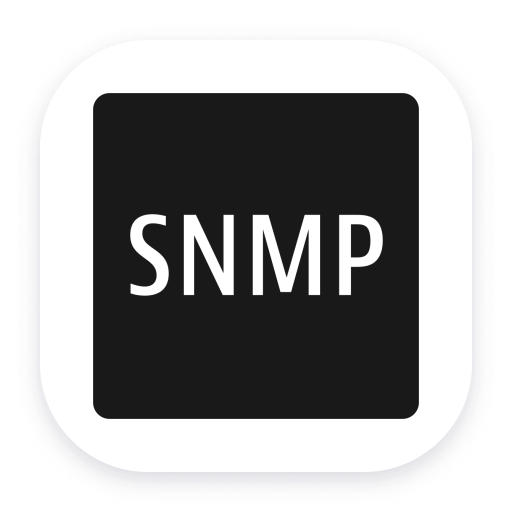
SNMP Traps
Supplement network device statistics with event-based data reported via SNMP Traps.
Extension- network
- ActiveGate
- extension
Traceroute
Run traceroute commands and collect step performance metrics
Extension- network
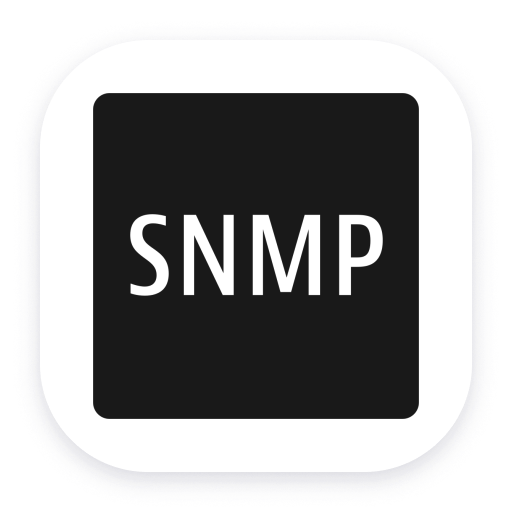
Generic network device
Level up your network infrastructure observability by monitoring your network equipment within the Dynatrace platform.
Extension- network
- ActiveGate
- snmp
Infoblox DDI
Monitor Infoblox DDI using SNMP
Extension- network
- ActiveGate
- extension
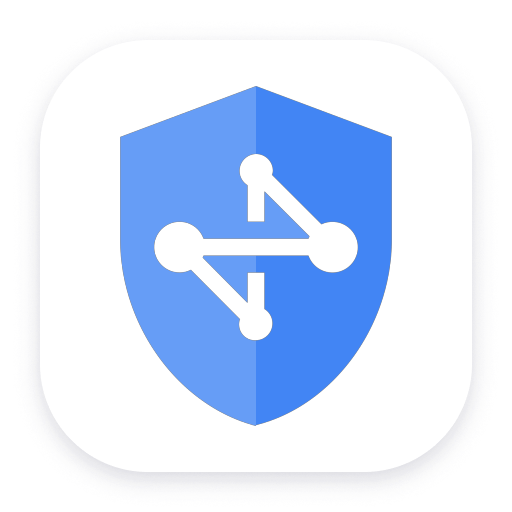
Google Network Security
Get insights into Google Network Security metrics collected from the Google Operations API to ensure health of your cloud infrastructure.
Extension- network
- networksecurity
- network security
- cloud
- cloud-and-infrastructure
- cloud armor
- cloud monitoring
- gcp
- Google Cloud Platform
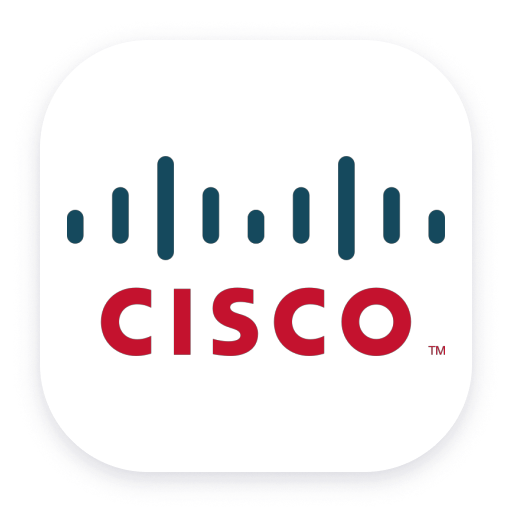
Generic Cisco Device
Monitor Cisco devices using SNMP to feed Dynatrace with metrics and alerts.
Extension- network
- ActiveGate
- extension
- router
- switch
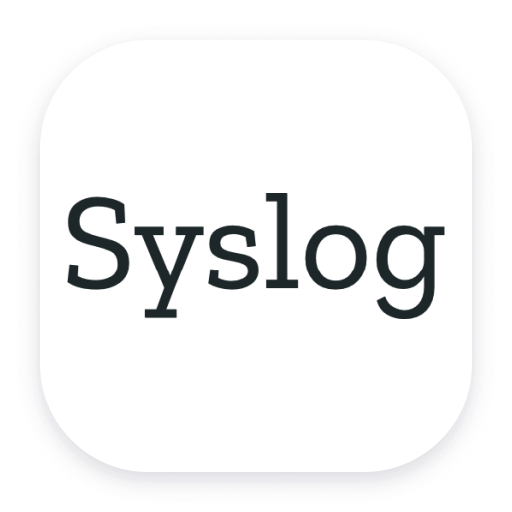
Syslog (via ActiveGate)
Secure native syslog collection via endpoint on Dynatrace ActiveGate
Technology- network
- network connectivity
- network health
- network security
- ActiveGate
- host observability
- log
- log-analytics
- log forensics
- logging
- log-ingest-integration
- log managenet and analytics
- Syslog
Cisco Firepower
Monitor Cisco Firepower devices using SNMP
Extension- network
- ActiveGate
- extension
- firewall
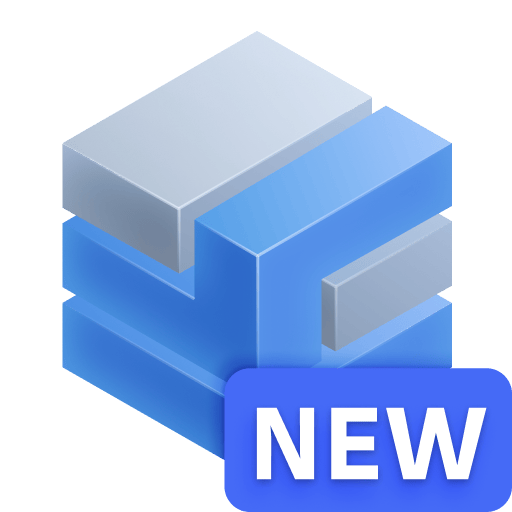
Infrastructure & Operations
Detailed hosts, VMs, process, and network insights across the entire environment
App- network
- host
- hosts
- infrastructure
- process
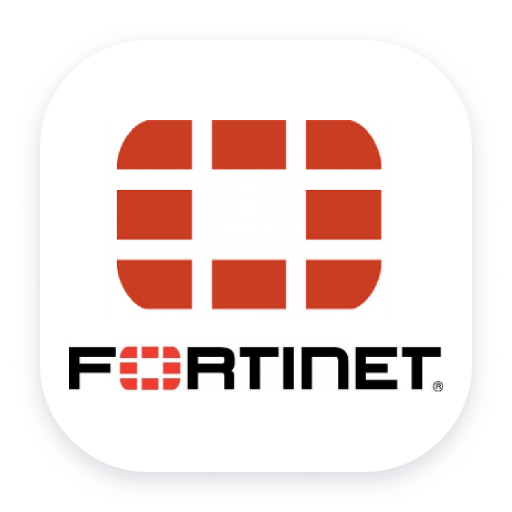
Fortinet FortiGate
Gain insights into the performance of your Fortinet FortiGate solution.
Extension- network
- network health
- Network monitor
- ActiveGate
- fortigate
- fortinet
Cisco Catalyst SD-WAN Extension
Get insights into key metrics of SD-WAN devices and application performance.
Technology by Netnology- Networking
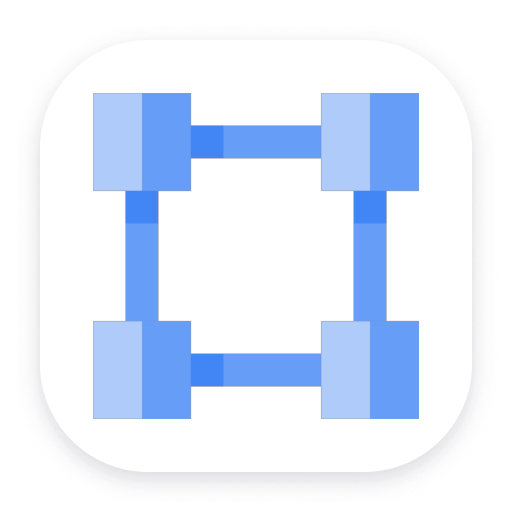
Google Virtual Private Cloud
Get insights into Google Virtual Private Cloud metrics collected from the Google Operations API to ensure health of cloud infrastructure.
Extension- vpc network
- cloud
- cloud-and-infrastructure
- cloud monitoring
- gcp
- Google Cloud Platform
- google vpc
- virtual private cloud
- vpc
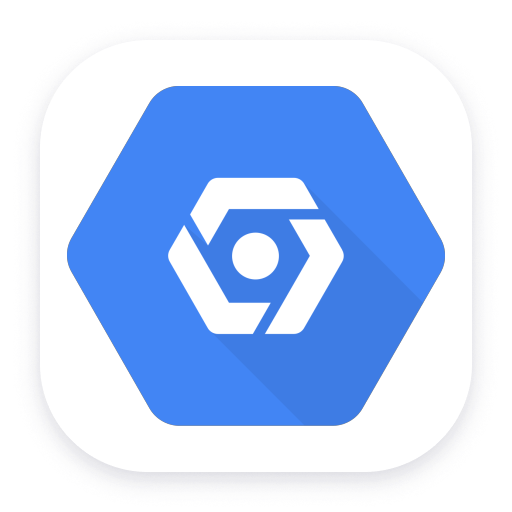
Google Network Topology
Get insights into Google Network Topology metrics collected from the Google Operations API to ensure health of your cloud infrastructure.
Extension- network health
- network topology
- cloud
- cloud-and-infrastructure
- cloud monitoring
- gcp
- Google Cloud Platform
nCipher HSM
Monitor your nCipher Hardware Security Modules (HSM) over SNMP
Extension- network security
- extension
- snmp
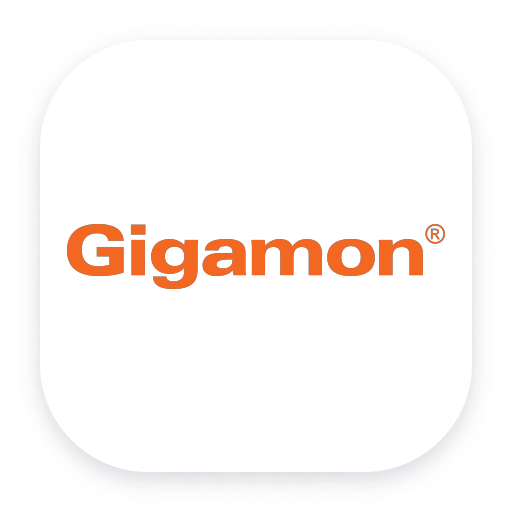
Gigamon Deep Observability Pipeline
The Gigamon Deep Observability Pipeline harnesses actionable network-level intelligence to amplify the power of Dynatrace.
Technology by Gigamon- network security
- network visibility
- compliance
- operations
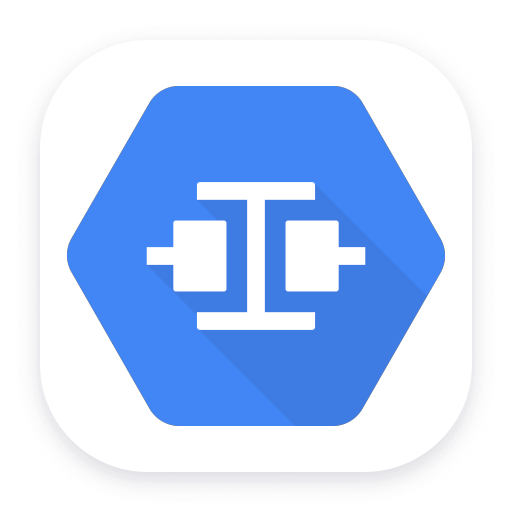
Google Hybrid Connectivity
Get insights into Google Hybrid Connectivity metrics collected from the Google Operations API to ensure health of your cloud infrastructure.
Extension- network connectivity
- cloud
- cloud-and-infrastructure
- gce router
- gcp
- google cloud interconnect
- Google Cloud Platform
- hybrid connectivity
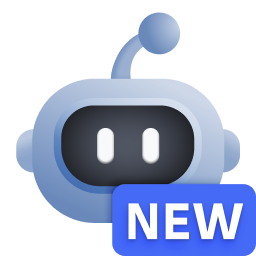
Synthetic
Monitor your application's health around the world and around the clock.
App- network availability monitor
- browser monitor
- dem
- digital experience
- HTTP monitor
- monitors
- synthetic
Amazon S3 log forwarder
Stream log data from Amazon S3 to Dynatrace for analysis and automation.
Technology- log-ingest-integration-cloud:aws:network:load:balancer
- amazon-services
- Amazon Web Services
- aws
- cloud
- cloud logging
- log
- log-analytics
- log forensics
- logging
- log-ingest-integration-aws
- log-ingest-integration-cloud:aws:application:load:balancer
- log-ingest-integration-cloud:aws:billing
- log-ingest-integration-cloud:aws:billing:service
- log-ingest-integration-cloud:aws:cloud:front
- log-ingest-integration-cloud:aws:dynamodb
- log-ingest-integration-cloud:aws:ec2
- log-ingest-integration-cloud:aws:kafka
- log-ingest-integration-cloud:aws:nat_gateway
- log-ingest-integration-cloud:aws:redshit
- log-ingest-integration-cloud:aws:s3
- log-ingest-integration-cloud:aws:transitgateway
- log-ingest-integration-cloud:aws:waf
- log-ingest-integration-cloud:ec2:instance
- log-ingest-integration-cloud:elastic:load:balancer
- log-ingest-integration-cloud:s3bucket
- logs
- logs in grail
- S3
